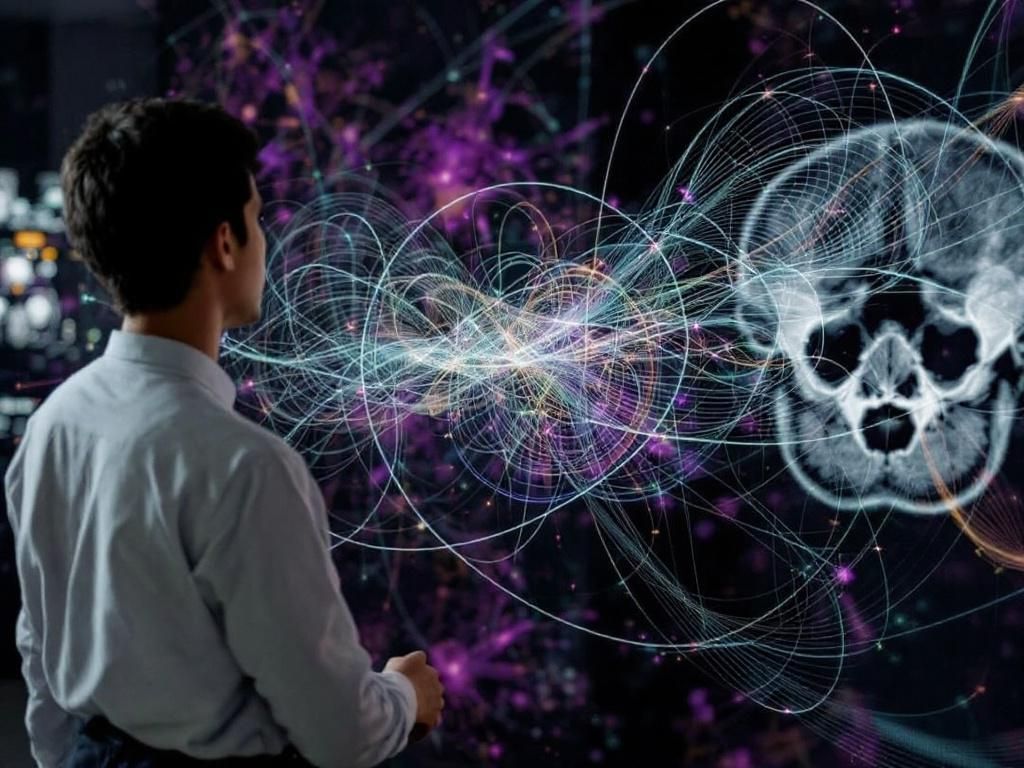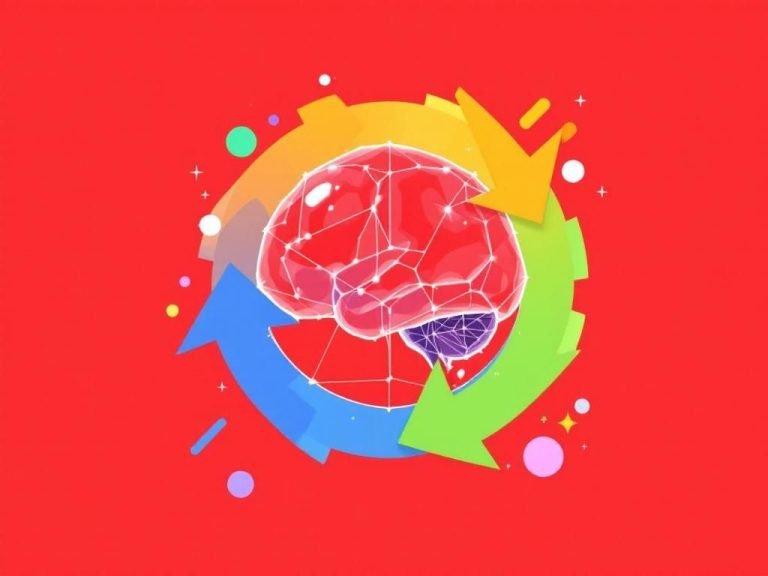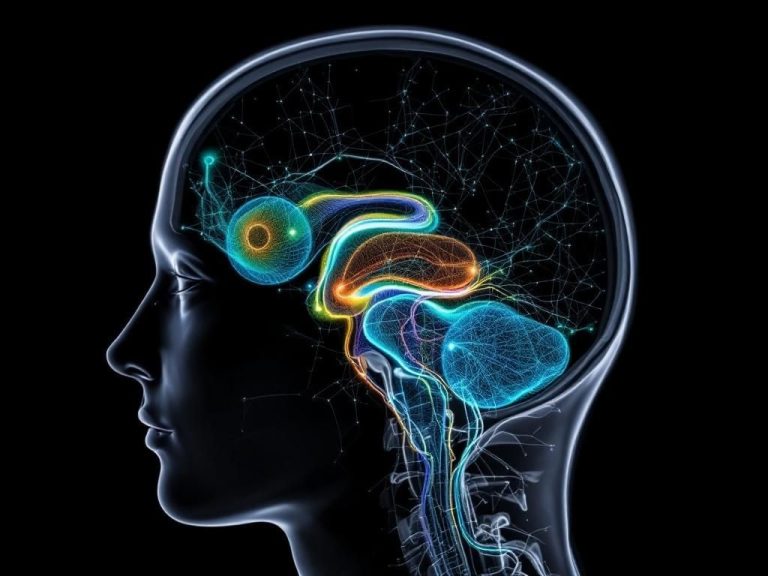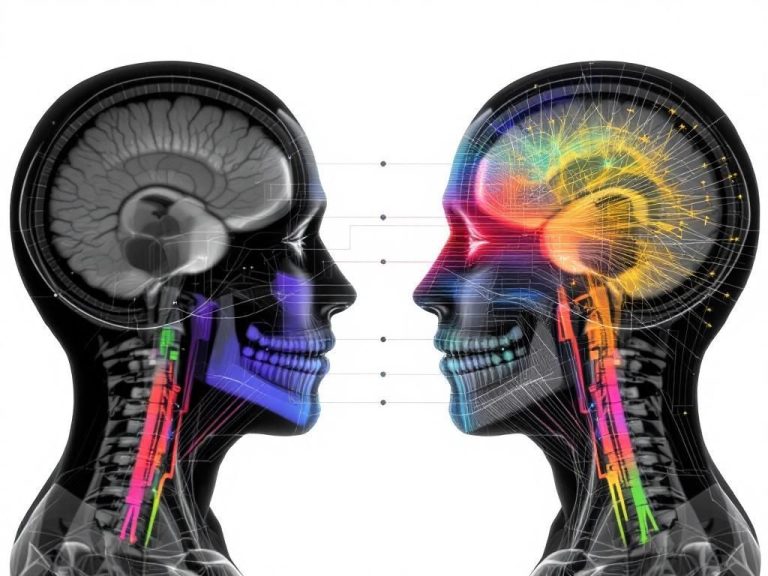The field of medical image analysis is undergoing a transformative revolution, largely fueled by advancements in deep learning. This shift towards automated and intelligent systems promises not only to enhance diagnostic accuracy but also to streamline workflows in healthcare settings. The integration of artificial intelligence (AI) in the interpretation of medical images such as X-rays, MRIs, and CT scans is enabling practitioners to make more informed decisions quicker than ever before.
Understanding Deep Learning
Deep learning is a subset of machine learning that employs neural networks with many layers (hence the term ‘deep’). It is particularly well-suited to handle large volumes of unstructured data, such as images, making it an ideal approach for medical imaging. The following characteristics define deep learning in this context:
- Automated Feature Extraction: Traditional methods often required manual feature selection, while deep learning can automatically identify features from raw pixel data.
- Scalability: Deep learning models can efficiently process vast datasets, learning from millions of images to improve their accuracy over time.
- Transfer Learning: Pre-trained models on large datasets can be fine-tuned on smaller, domain-specific datasets, saving time and computational resources.
The Role of Medical Imaging
Medical imaging plays a critical role in diagnosing and monitoring a range of health conditions. It includes a variety of imaging modalities:
| Imaging Modality | Description |
|---|---|
| X-rays | Used primarily for detecting bone fractures and infections. |
| CT scans | Provide cross-sectional images of the body, useful for diagnosing tumors and internal injuries. |
| MRIs | Utilized for soft tissue evaluation, particularly in neurological and orthopedic cases. |
| Ultrasounds | Employ sound waves to produce images, often used in obstetrics and cardiology. |
Challenges in Traditional Medical Imaging
Despite its importance, traditional medical imaging techniques have several limitations, including:
- Subjectivity: Interpretation of images can vary between radiologists, leading to inconsistencies.
- Time-Consuming: Manual analysis of images can be labor-intensive and may delay diagnosis.
- Data Overload: The sheer volume of images generated can overwhelm healthcare professionals.
Deep Learning Approaches in Medical Imaging
Deep learning has ushered in a new era for medical image analysis through various innovative approaches:
Convolutional Neural Networks (CNNs)
CNNs have been pivotal in image analysis due to their ability to capture spatial hierarchies. They excel in identifying patterns and features from images. Here’s how they are typically structured:
- Convolutional Layers: Apply filters to extract features from images.
- Pooling Layers: Reduce dimensionality, keeping important information while discarding less significant data.
- Fully Connected Layers: Connect every neuron in one layer to every neuron in the next, culminating in the output layer.
Generative Adversarial Networks (GANs)
GANs are used for generating synthetic images that can augment training datasets. This is particularly beneficial for rare conditions where data availability is limited. A GAN consists of two networks:
- Generator: Creates new samples.
- Discriminator: Evaluates the authenticity of the samples.
Applications of Deep Learning in Medical Imaging
Deep learning has found various applications across different modalities, including:
1. Disease Detection
AI-powered algorithms can analyze images to detect conditions such as:
- Cancers (e.g., lung, breast)
- Cardiovascular diseases
- Neurological disorders (e.g., Alzheimer’s)
2. Image Segmentation
Segmentation involves partitioning an image into segments to identify regions of interest:
- Lesion detection in CT and MRI scans
- Organ delineation in surgical planning
3. Prognosis and Risk Assessment
Deep learning models can evaluate imaging data to predict patient outcomes and determine risk factors.
Case Studies Highlighting Success
Several studies and clinical trials have demonstrated the effectiveness of deep learning in medical imaging:
Case Study 1: Lung Cancer Detection
A study published in Nature utilized a CNN to analyze CT scans of lung cancer patients, achieving an accuracy rate of over 94%, surpassing human experts.
Case Study 2: Diabetic Retinopathy
Another research effort focused on detecting diabetic retinopathy using retinal images. The deep learning model showed a sensitivity of 92% and specificity of 95% in identifying the disease.
Future Directions and Considerations
Looking ahead, the potential of deep learning in medical image analysis is immense. However, several factors must be considered:
- Data Privacy: Ensuring patient confidentiality and compliance with regulations like HIPAA.
- Integration into Clinical Workflows: Seamlessly incorporating AI tools into existing healthcare systems.
- Healthcare Equity: Addressing disparities in access to advanced imaging technologies.
Closing Thoughts
As deep learning continues to evolve, its impact on medical imaging is expected to grow, paving the way for more precise, efficient, and accessible healthcare. The collaboration between AI researchers, healthcare professionals, and regulatory bodies will be crucial in harnessing this technology to improve patient outcomes worldwide.
FAQ
What is deep learning in medical image analysis?
Deep learning is a subset of artificial intelligence that uses neural networks to analyze and interpret complex medical images, improving diagnostic accuracy and efficiency.
How does deep learning improve the accuracy of medical diagnoses?
Deep learning algorithms can identify patterns and anomalies in medical images that might be missed by the human eye, leading to earlier detection and more accurate diagnoses.
What types of medical images can deep learning analyze?
Deep learning can be applied to various types of medical images, including X-rays, MRIs, CT scans, and ultrasound images, enhancing the analysis across different modalities.
What are the benefits of using deep learning for medical image analysis?
Benefits include increased diagnostic precision, reduced time for image interpretation, automation of repetitive tasks, and the ability to handle large datasets effectively.
Are there any challenges associated with implementing deep learning in medical image analysis?
Challenges include the need for large labeled datasets, potential biases in training data, and the requirement for ongoing validation and regulatory compliance.
How is deep learning transforming the future of healthcare?
Deep learning is transforming healthcare by enabling personalized medicine, improving patient outcomes through timely interventions, and optimizing workflows in radiology and other specialties.




